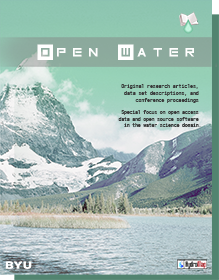Keywords
model performance, entropy measures
Abstract
High performance computing has enabled the creation of high-resolution, continental-scale models such as the NOAA’s National Water Model (NWM) which predicts hourly streamflow at 2.7 million locations in the conterminous US using the National Hydrographic Dataset Plus (NHDPlus) as the reference geofabric. This high resolution model provides a novel opportunity to bridge the gap between the scale of process research (at hillslope to headwater catchment scale) and the operational scale of river basins where predictions are needed for water resources management and hazard. We present a study design that uses the NWM in a hypothesis-testing (i.e., rejectionist) framework to assess process representations included in both “physically based” models, such as ParFlow-CLM, and conceptual models, such as the USGS Precipitation Runoff Modeling System. An information theoretic framework is proposed to assess the ability of either of these approaches to extract information from available data to make reliable predictions of water transport in the subsurface and surface.
BYU ScholarsArchive Citation
Hooper, Richard P.; Nearing, Grey; and Condon, Laura S.
(2017)
"Using the National Water Model as a Hypothesis-Testing Tool,"
Open Water Journal: Vol. 4:
Iss.
2, Article 3.
Available at:
https://scholarsarchive.byu.edu/openwater/vol4/iss2/3
